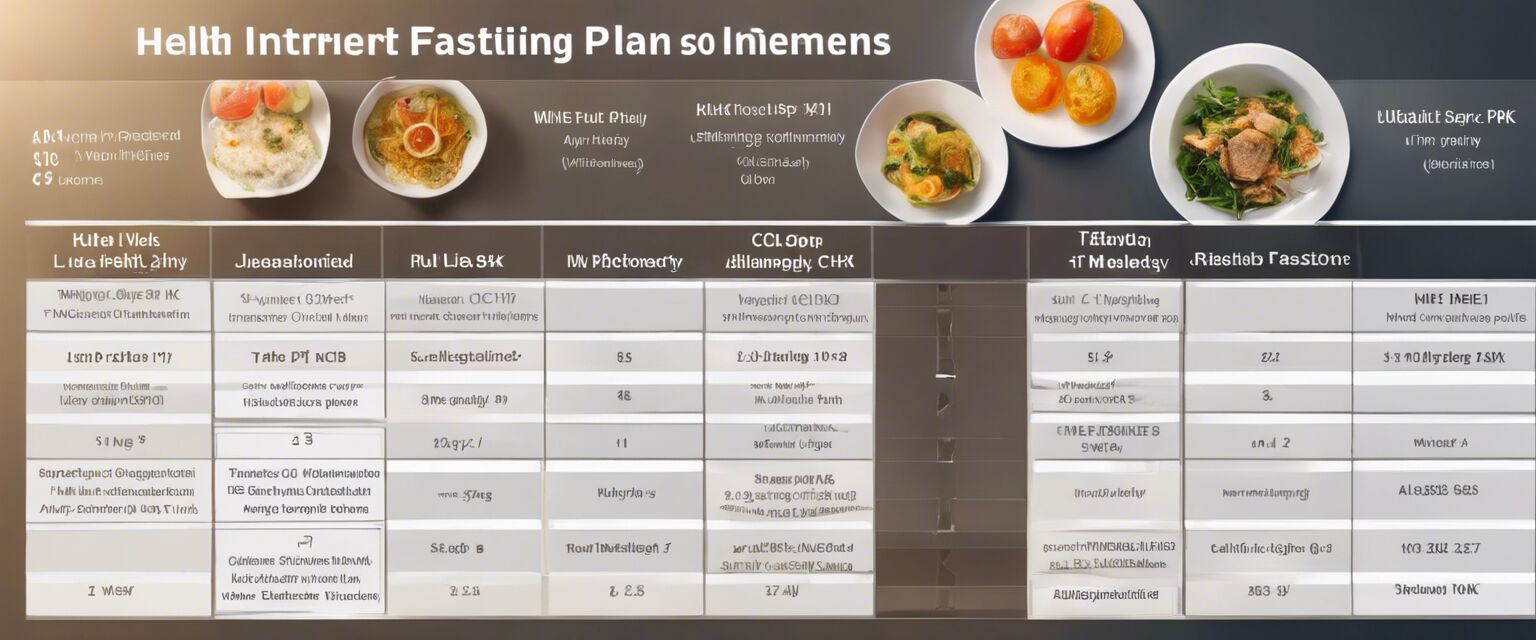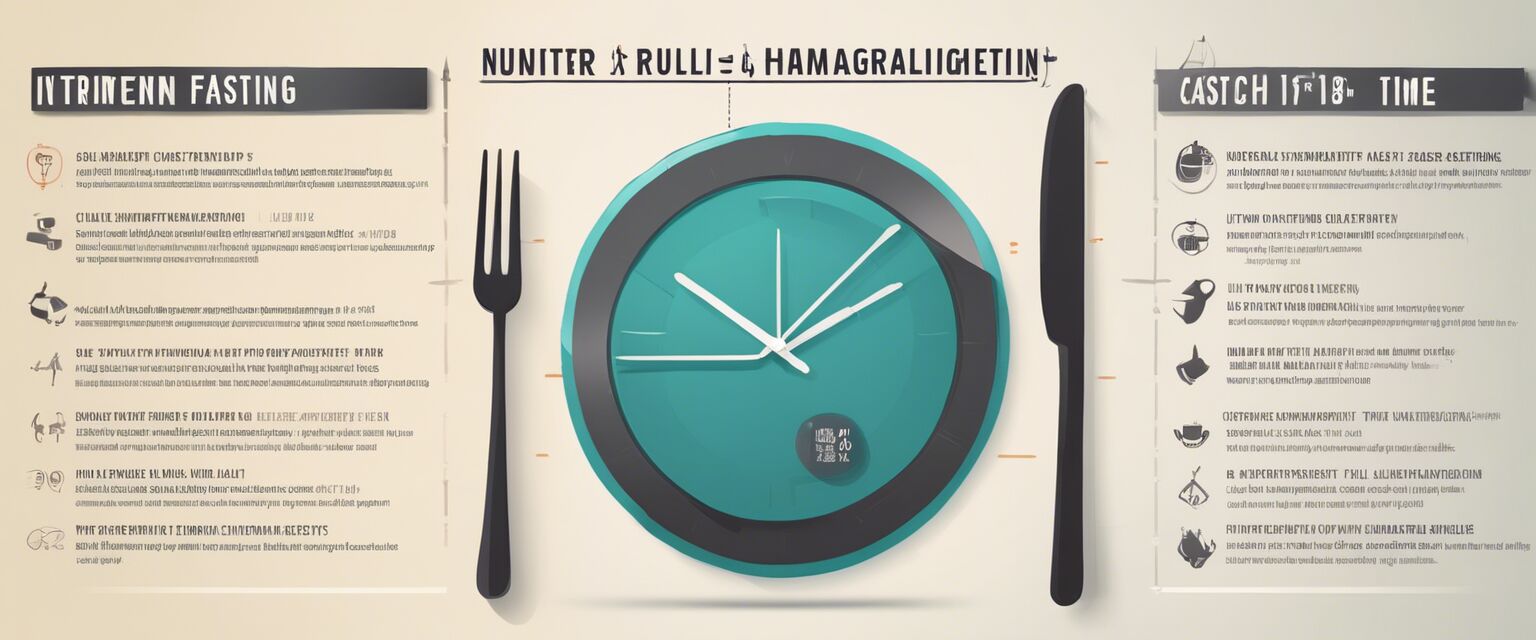
Introduction to Intermittent Fasting
Key Takeaways
- Intermittent fasting is not about what you eat but when you eat.
- Common intermittent fasting schedules include the 16/8, 5:2, and Warrior Diet methods.
- It can be combined with other weight loss plans for enhanced results.
- Results will vary; find a method that fits your lifestyle.
Intermittent fasting can be a straightforward way to manage your eating schedule while promoting a healthier lifestyle. This guide explains what intermittent fasting is, its various methods, and how to successfully implement it into your daily routine.
What is intermittent fasting?
Intermittent fasting (IF) is an eating pattern that alternates between periods of fasting and eating. This method has gained popularity due to its simplicity and flexibility compared to traditional dieting methods. Instead of restricting certain foods or caloric intake, intermittent fasting focuses on when to eat.
How does it work?
During a fasting period, the body shifts from using glucose as its primary energy source to burning fat. This metabolic shift can lead to weight loss and other potential health benefits.
Popular methods of intermittent fasting
| Method | Description | Schedule |
|---|---|---|
| 16/8 Method | Fast for 16 hours and eat during an 8-hour window. | Typically from noon to 8 PM. |
| 5:2 Diet | Eat normally for five days and restrict calories to about 500-600 on two non-consecutive days. | Any two non-consecutive days of the week. |
| Warrior Diet | Eat small amounts of raw fruits and vegetables during the day and one large meal at night. | 20 hours of fasting followed by a 4-hour eating window. |
Benefits of intermittent fasting
While many people are drawn to intermittent fasting for weight loss, there are other potential benefits that this eating pattern may offer. Some of these benefits include:
- Improved metabolic health
- Increased insulin sensitivity
- Reduced inflammation
- Greater mental clarity and focus
Getting started with intermittent fasting
Starting with intermittent fasting may seem daunting, but it can be quite manageable with the right approach. Here are some tips to begin your journey:
Tips for beginners
- Choose a method that feels comfortable for you.
- Stay hydrated during fasting; water, herbal teas, and black coffee are generally accepted.
- Be mindful of nutrient intake; focus on whole foods during your eating periods.
- Listen to your body; if you feel unwell, consider adjusting your fasting schedule.
- Join a community to share experiences and tips.

Challenges of intermittent fasting
While intermittent fasting can be beneficial, itâs essential to approach it with an understanding of potential challenges:
Pros
- Simplifies meal planning and time management.
- May assist in maintaining a healthy weight.
- Can lead to long-term lifestyle changes instead of quick fixes.
Cons
- Initial hunger pangs may be difficult to manage.
- Can lead to overeating during eating windows if not careful.
- Not suitable for everyone; some may need to adapt different eating patterns.
Sample meal plan
Hereâs a simple meal plan for a day following the 16/8 method:
| Meal | Time | Foods |
|---|---|---|
| Breakfast | 12 PM | Oatmeal topped with fruits and nuts, green tea |
| Lunch | 3 PM | Grilled chicken salad with olive oil dressing |
| Dinner | 7 PM | Quinoa with vegetables and a protein source of choice |
Conclusion
Intermittent fasting can be an effective lifestyle choice for individuals looking to manage their weight and enhance their overall health. With various methods to choose from, finding a routine that fits your lifestyle is crucial. Remember to focus on maintaining a balanced diet during your eating windows and listen to your bodyâs needs.
Learn more
To explore more about integrating intermittent fasting into your lifestyle, check out our detailed resources:







